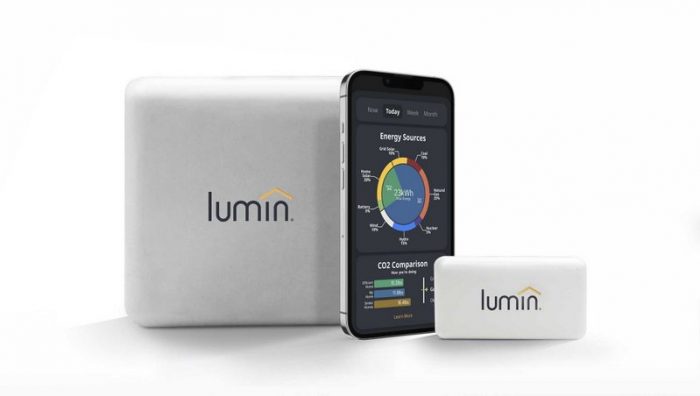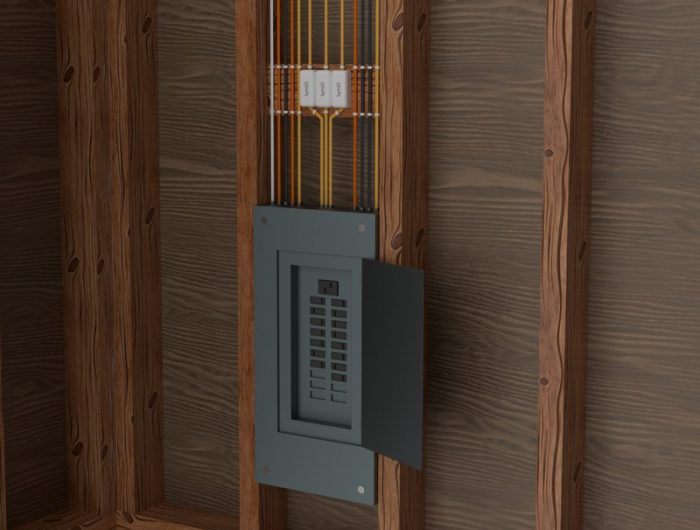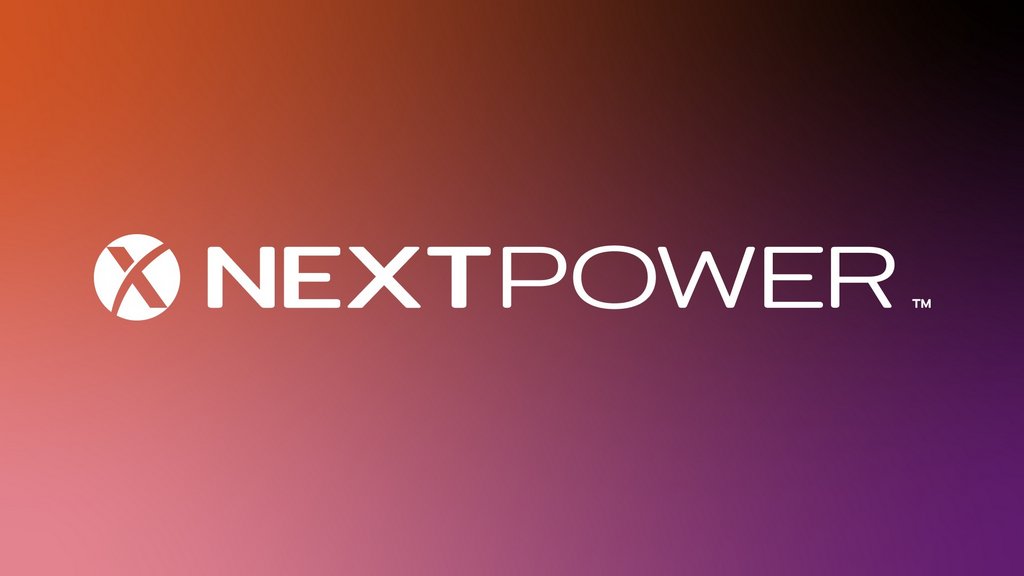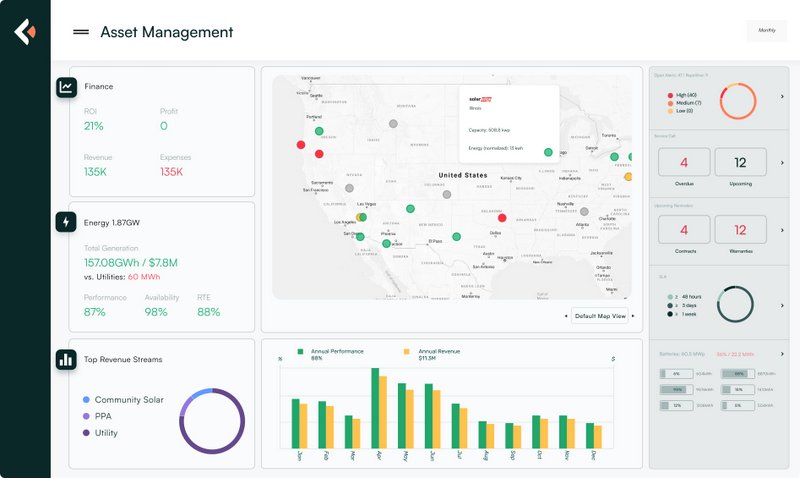Lumin pilots demand response program to pay customers for reducing energy

Energy prices are soaring, net metering is under fire, and solar + storage system owners could use all the financial incentives they can get. This is why Lumin is partnering with energy market access provider Leap to offer Lumin Response, a program to help homeowners participate in the wholesale demand response (DR) market.

Sales and marketing month sponsor
Get Aurora AI & Get Back to Summer
Let Aurora AI do the heavy lifting for you so you can get out of the office and into the pool. See how Aurora can speed up your sales & design with one-click design magic. Learn more here
Launching for select customers in California in July, accessing the wholesale DR market provides financial incentives for energy reduction during times when the local grid is stressed.
Lumin Response is the integration of Lumin’s home energy management platform and smart circuit control technology with Leap’s distributed energy resource aggregation platform, reducing a home’s power usage by automatically turning off appliances when electricity prices are highest. Participants will then help balance the electrical grid and receive compensation for their energy reduction.
“Smart energy devices can make an important contribution to grid stability during periods of peak demand,” said Jason Michaels, Chief Commercial Officer at Leap, “Together, Leap and Lumin are making it possible for homeowners to unlock more value from their energy assets and become active participants in creating a more resilient, sustainable energy system.”
What is Demand Response | Demand response (DR) is a short-term, voluntary decrease in electrical consumption that is usually triggered by compromised grid reliability or high wholesale market prices. While many U.S. utilities offer their customers some DR options, the Lumin-Leap partnership provides a unique, automated DR solution for any appliance connected to a Lumin Energy Platform. In addition, participants can receive direct, performance-based payments for their DR participation rather than an annual credit through their utility or a points system.
“As many municipalities move to enact standards for energy-saving measures in homes, smart appliances that integrate seamlessly with renewable energy systems will become more important as we continue to see energy strain on the grid, and this is why Lumin’s user-friendly, automated system is so valuable,” added Keegan Campanelli, Product Manager at Lumin. “And thanks to our partnership with Leap for wholesale demand response, we can now help homeowners save money at the same time. Lumin Response is a big win for everyone.”
Users of Lumin Response will receive an in-app message or email notifying them they are eligible for financial incentives. Once they provide a simple set of preferences for when and how long their appliances can be turned off, participation is seamless and Lumin will automate the entire process.
How Lumin works | Lumin’s technology connects the most energy-consuming circuits and various smart devices, including smart thermostats, connected appliances such as refrigerators, smart controllable plugs, and electric vehicle chargers. By interconnecting these devices on its platform, Lumin creates an ecosystem where energy consumption is synchronized and remotely accessible, and controllable, with the energy supply available to a household.

“This partnership presents the first true example of automated value stacking for individual homes in the demand response space, beyond battery participation in virtual power plants,” explained Alex Bazhinov, Founder and CEO of Lumin. “We are thrilled to work with Leap to help modernize residential power loads and provide more flexibility and options for homeowners. Designed to work well for individuals who may or may not have an energy storage system in place, we deliver value from multiple streams.”
Leap’s software platform makes it easy for smart energy technologies to generate revenue by providing flexibility and support to the grid. The company has dispatched over 10,000 MWh of clean energy to electric grids, reducing over 1,000 metric tons of CO2 and offsetting the equivalent of 3,500 hours from gas-powered peaker plants.




Comments are closed here.